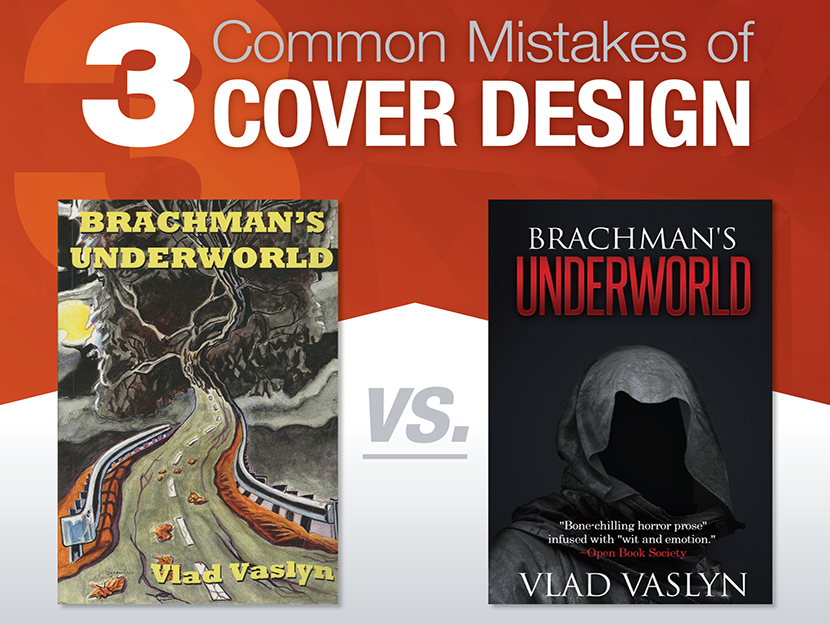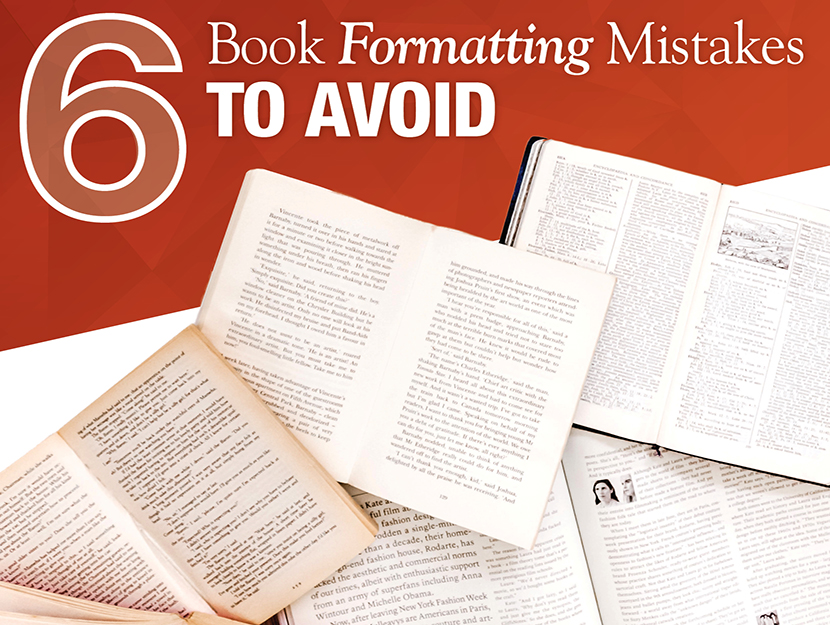Self publishing a book? Avoid these 5 book description pitfalls!
Are you self publishing a book? Don’t overlook the importance of your book description! After all, your book description tells readers if they should buy … or pick a different title.
Writing a book description is hard, which is why so many self-published authors overlook the importance of these precious 100-200 words of text. It is a frighteningly small number of words that are supposed to convince a reader to buy your work. It is essentially a sales pitch, which is why it’s so hard.
Writing a book description is one of those times when you need to take off your writer’s hat and put on your business hat. So, how do you write a good book description? Avoid these common mistakes!
Pitfall #1 – You Haven’t Read Enough Book Descriptions
If you’re self publishing a book, one of the best ways to write a great book description is to read as many as possible. Pay attention to what you like, whether it’s fiction or non-fiction. What stands out to you? What wording or design elements are easy for you to understand and thus entice you to add a title to your to-be-read pile, or better yet, to your shopping cart?
At the same time, keep in mind that you’re not just reading book descriptions to see what catches your attention. You’re also gaining insights into your competitors. What’s working for those who are successful, and what’s not working for those who aren’t? Why or why not?
You can gain structural clues from reading book descriptions as well. For example, book descriptions ought to be tailored to their target audiences. Historical book descriptions are often wordier than thriller book descriptions because they reflect the intended audience. Books for kids will have a much simpler language than those for adults, and so on.
So, how do you go about writing that perfect book description?
First, focus on the most popular books in your genre. Why are they selling so well? What is it about them that makes them so intriguing?
Next, review the book descriptions that made you buy, even if they’re outside of your genre. Chances are, there are reasons why you bought the book you bought.
Pitfall #2 – You Have a Weak Narrative Summary
A weak narrative summary can break the effectiveness of your book description. You want to give the reader just enough of what to expect—aligned with the look and feel of your book cover—so that they know that your book is the right book.
How do you do that?
First, focus on the big-picture narrative of your story in a way that provides a summary of what the book is about. A handy way to do this is to write out a list of major plot points and then pick two or three of the most engaging ones … then add a flair of mystery without giving away the big reveal. The goal is to create tension for the reader. Keep in mind that, like your book cover, you’re making a promise to your reader in terms of the type of entertainment (fiction) or authority (non-fiction) that you’re offering.
Make sure the reader gets enough of the “big idea” to get hooked by the book’s premise and the main character’s major dilemma, but not enough to figure out your grand conclusion.
Otherwise, why read?
Pro Tip: Avoid getting mired in minor plot details. You want to paint with a broad brush here. It can also work well to pose a tantalizing question.
Pitfall #3 – Your Text Isn’t Scannable
If you’re self publishing a book, it’s important to consider text that can be easily scanned and absorbed.
Are you going to have two book covers designed, one for print and one for online viewing, or do you want one cover to serve both purposes? The answer to this question is extremely important, and most authors would prefer to have one versatile cover that serves both formats.
Most books are bought online these days, and even shoppers who prefer the in-store experience still vet many of their reading choices online at some point in the buying process. They read reviews and short book descriptions, and when they do, they’re not looking at your beautiful, full-size cover image unless they click into it. They’re looking at tiny thumbnail images among many other thumbnail images.
About three things I was certain.
First, Edward was a vampire.
Second, there was a part of him, and I didn’t know how dominant that part might be, that thirsted for my blood.
And Third, I was unconditionally and irrevocably in love with him.
The full book description checks all the necessary boxes for this best-selling novel, and it shows. It creates tension and conflict, provides a robust narrative summary with a hook that target audiences found irresistible, and accomplishes it in 133 words.
If your book description is tantalizing, readers will know that your story is tantalizing as well. Remember, your book description is also a writing sample.
Pitfall #4 – You Need a Stronger Hook
Your hook needs to engage immediately. The first 1-2 lines will influence if readers keep reading. If they don’t, you’ve probably lost a sale. These critical opening lines tell readers why they should move on to the next line and the next … and finally to purchase.
Here are few tips to help you craft your hook:
- Ask a Question
- Example: What would you do if your garden wouldn’t stop growing and then decided to rebel? Henry Plant doesn’t know either, but he does know those darn veggies have trapped him in his house, and he might just have to eat his way out.
- Set a Scene
- Example: Delilah died for the first time on a Wednesday, and now she has just six days to change her fate before her soul is extinguished forever.
- Speak to Readers’ Problems
- This is especially effective for non-fiction and self-help books.
- Make a promise (as long as you can deliver) such as improved health, financial freedom, or spiritual awakening.
Pitfall #5 – You're Not Using A Formula
There’s a formula for just about everything these days, and book descriptions are no exception. Once you’ve got your hook down, you can use this formula to craft the rest of your truly compelling book description.
Fiction
- Describe the circumstances of your story in a very concise way.
- Henry Plant is trapped in his house after a bizarre meteor shower has made the vegetables in his garden grow to monstrous proportions. Worse, they seem to have minds of their own and have trapped him in his house.
- Bring up the problem or conflict in the story.
- Those darn veggies have trapped Henry Plant in his home.
- Provide the possibility to overcome the problem.
- Does Henry have to eat his way out, or will his can of Wally’s Whacky Weed Killer save him from certain doom?
- Utilize the emotional state of your story with words like romantic, terrifying, paranoid, humorous, and so on.
- This light-hearted, humorous tale is ripe for the picking!
Non-Fiction
- Present the problem you’re writing about.
- Nearly 80% of Americans live paycheck to paycheck. How can they break the cycle of struggle and embrace financial freedom?
- Show how you can solve it.
- The proven 3-Step Process to Wild Wealth is attainable for everyone, and better yet, can be implemented right now.
- Ensure readers your solution will improve their lives, career, health, etc.
Wally’s Wild Wealth Almanac will set you on the path to financial freedom!
Read More of Our Self-Publishing Tips

3 Common Book Cover Design Mistakes
Quick tips to help you ensure that all the effort you’ve put into your book is well-represented in your cover design. Read more

6 Book Formatting Mistakes to Avoid
Learn how your formatting and structure positively (or negatively) affects your readers’ experience. Read more